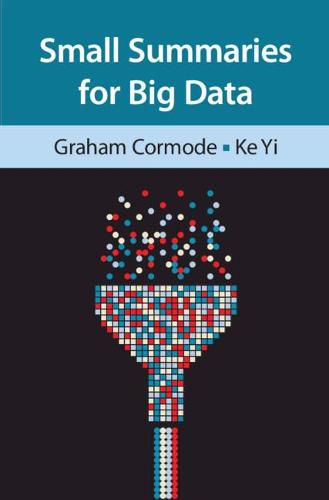Readings Newsletter
Become a Readings Member to make your shopping experience even easier.
Sign in or sign up for free!
You’re not far away from qualifying for FREE standard shipping within Australia
You’ve qualified for FREE standard shipping within Australia
The cart is loading…






The massive volume of data generated in modern applications can overwhelm our ability to conveniently transmit, store, and index it. For many scenarios, building a compact summary of a dataset that is vastly smaller enables flexibility and efficiency in a range of queries over the data, in exchange for some approximation. This comprehensive introduction to data summarization, aimed at practitioners and students, showcases the algorithms, their behavior, and the mathematical underpinnings of their operation. The coverage starts with simple sums and approximate counts, building to more advanced probabilistic structures such as the Bloom Filter, distinct value summaries, sketches, and quantile summaries. Summaries are described for specific types of data, such as geometric data, graphs, and vectors and matrices. The authors offer detailed descriptions of and pseudocode for key algorithms that have been incorporated in systems from companies such as Google, Apple, Microsoft, Netflix and Twitter.
$9.00 standard shipping within Australia
FREE standard shipping within Australia for orders over $100.00
Express & International shipping calculated at checkout
The massive volume of data generated in modern applications can overwhelm our ability to conveniently transmit, store, and index it. For many scenarios, building a compact summary of a dataset that is vastly smaller enables flexibility and efficiency in a range of queries over the data, in exchange for some approximation. This comprehensive introduction to data summarization, aimed at practitioners and students, showcases the algorithms, their behavior, and the mathematical underpinnings of their operation. The coverage starts with simple sums and approximate counts, building to more advanced probabilistic structures such as the Bloom Filter, distinct value summaries, sketches, and quantile summaries. Summaries are described for specific types of data, such as geometric data, graphs, and vectors and matrices. The authors offer detailed descriptions of and pseudocode for key algorithms that have been incorporated in systems from companies such as Google, Apple, Microsoft, Netflix and Twitter.